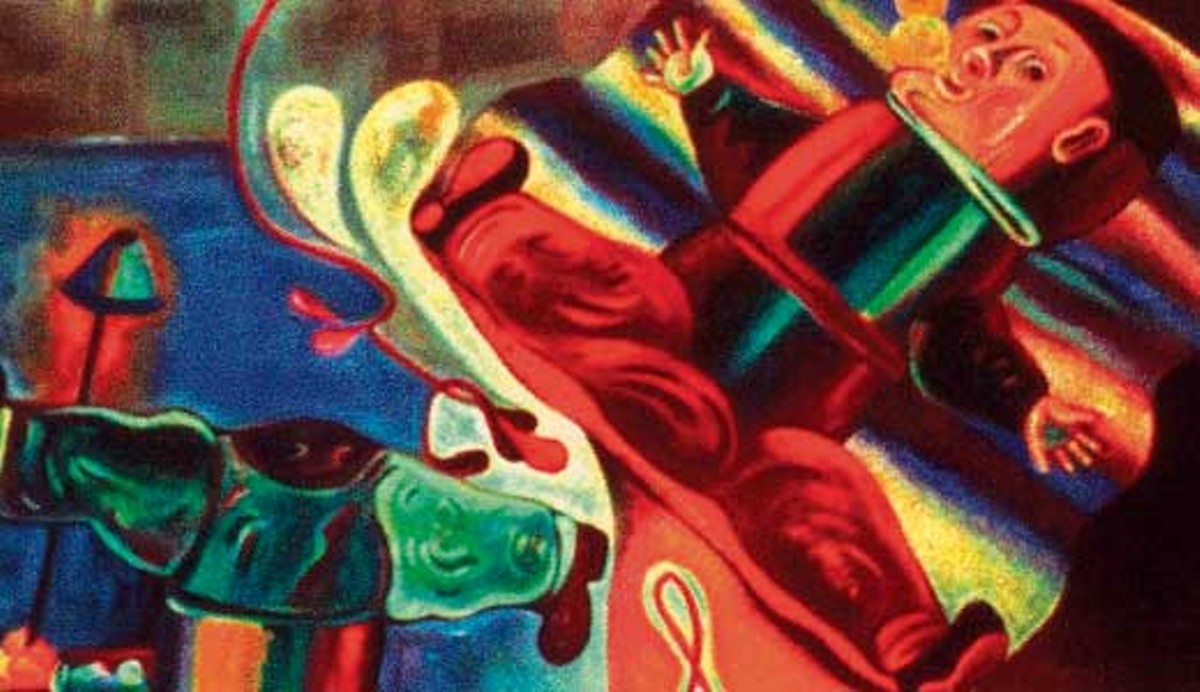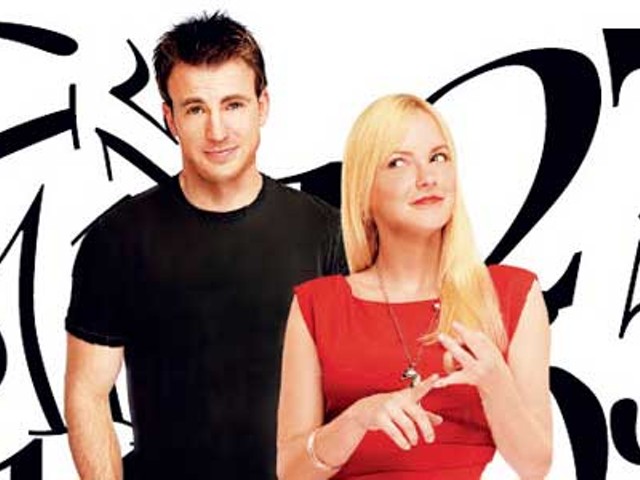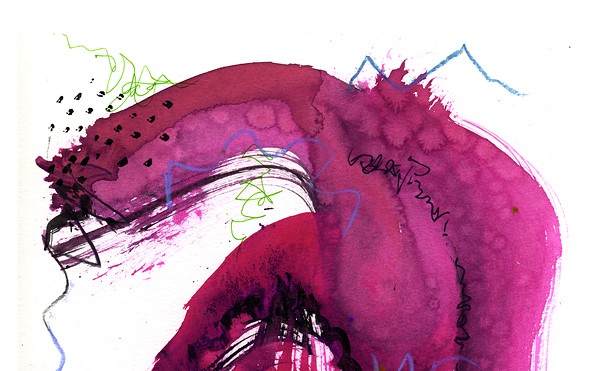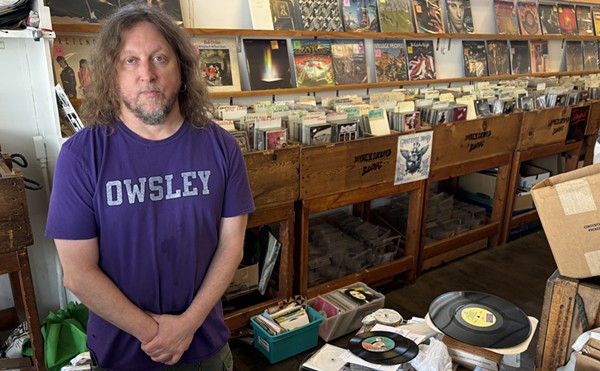‘The Essential New Art Examiner’
Edited by Terri Griffith, Kathryn Born and Janet Koplos. Northern Illinois University Press; 350 pgs., $22.50.
Where is significant art made? Where is it shown? The popular answer is New York or Los Angeles. But many artists, critics and publications debunk this myth, and when they do, whole regions rally in support. An example of this was the New Art Examiner, a Chicago newspaper, then magazine, which launched in 1973 and enjoyed a 29-year run before it folded under financial pressure in 2002. The publication garnered a national reputation as a place for art conversation and criticism. It was hated and loved, promoting intelligent discussions and full-blown arguments.
Now, in our age of self-publishing, an interest in this former star has emerged. Out of the archives, writings from this important publication have been gathered and published as “The Essential New Art Examiner.” Divided into segments by date, each section is introduced by the editor who worked on the publication during that time — critics and writers who have gone on to become scholars, professors and chairs of art schools.
Although the writing is focused on Chicago, the book is relevant to Louisville, too. It chronicles our region’s artistic past and is an inspirational reminder of how digging in our heels and expressing insights into the art and culture of a Midwestern city can be informative to readers within spitting distance and across the country — how ideas can make a difference when strong opinions are backed by clear, interesting writing.
And as the past can help us understand the future, Louisvillians might be particularly interested in the contributions covering the building and opening of Chicago’s Museum of Contemporary Art in the mid-’90s. Jeff Huebner’s 1996 piece “Bigger, Better, Faster, More?” mirrors some of the dialogue surrounding the Speed Art Museum expansion and the new contemporary art galleries that will be created. “With all the anticipatory hoopla, speculative press and swelling drum rolls, it’s easy to lose sight of a significant fact: (we) will finally have a Museum, a building actually meant as a Museum, a Museum built specifically to house and display Contemporary Art,” Huebner says. He goes on to discuss the effects the MCA has on the local ecosystem of artists — how artists want to be promoted, but not solely because they’re local, creating a double bind for curators.
It is difficult to be confident within a flyover state when talent continues to flee to the coasts. And sometimes, those who choose to remain central resent the success of coastal artists. Midwesterners defend their communities, often citing how affordable land gives them room to create, taking pride in working out of their own passion — with or without fiscal rewards.
This patriotism of place is a topic tackled in a few of the essays, notably in Peter Schjeldahl’s “Chicagoization.” In the 1985 piece, pulled from a lecture at the Art Institute of Chicago, Schjeldahl says, “Whatever is good and bad elsewhere in America often seems simultaneously better and worse in Chicago, which seems more innocent and more cynical than other places. It is certainly a city I associate with wanting ... it is a vacuum-cleaner of a place that sucked the blues up from the South and the beef in from the plains, and whose art-collectors, as a group, are the most all-around aspiring in the world.”
A decade out from New Art Examiner’s demise, artists, critics and institutions have more options for expression. Individuals can work virtually with clients across the nation or globe, travel extensively on limited budgets and access obscure information instantly. Yet, somehow, place still matters. Artists continue to associate themselves with a region, and the commerce of media still rules our communications.
If you enjoy art books, “The Essential New Art Examiner” will be a necessary addition to your bookshelf. The book isn’t perfect. A few of the essays are weak and some copy issues were overlooked. But it prompts us to remember the vital role of criticism in the Midwest. We need it to understand the art created around us. Art matters. It is a defining factor of wherever you choose to live.






